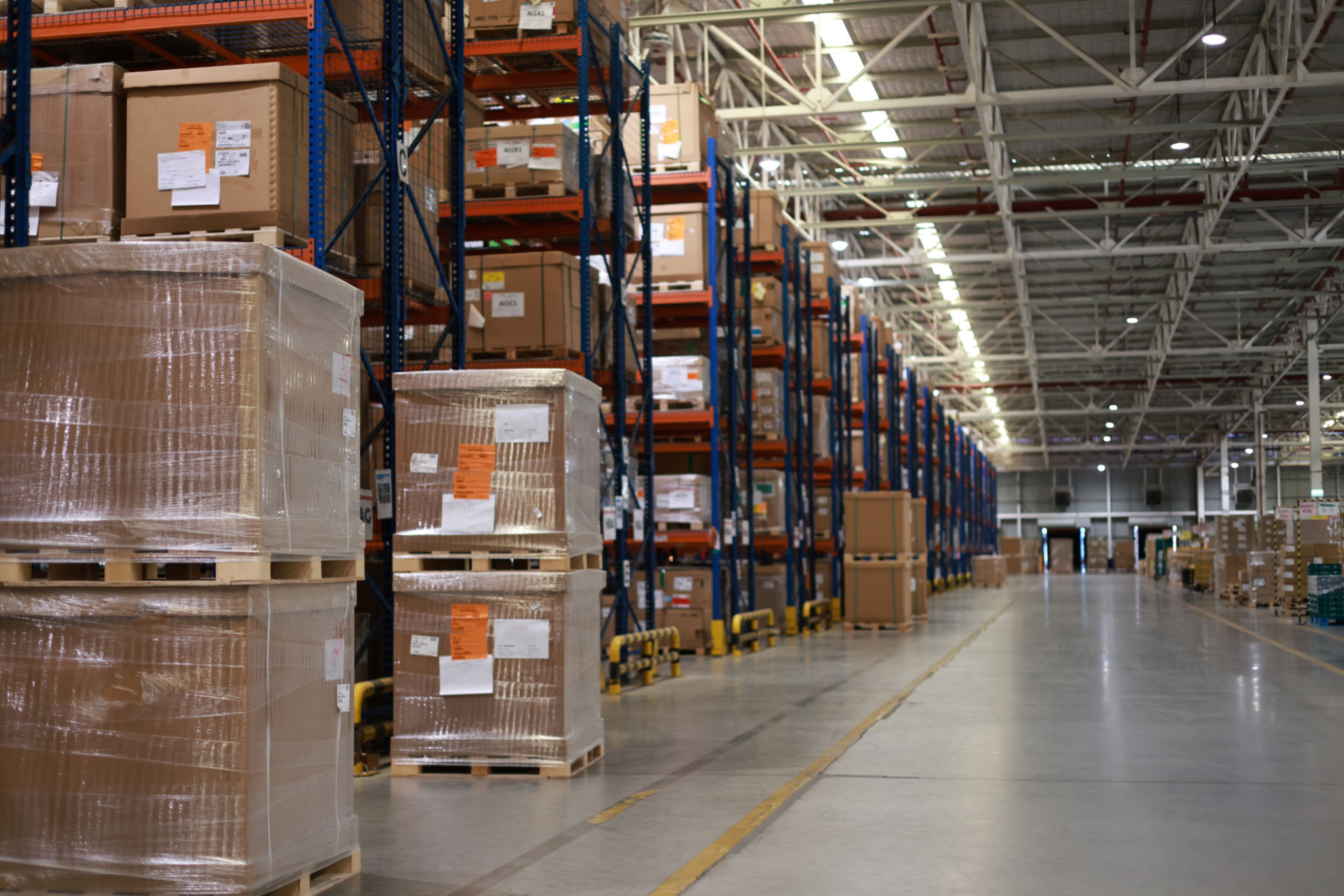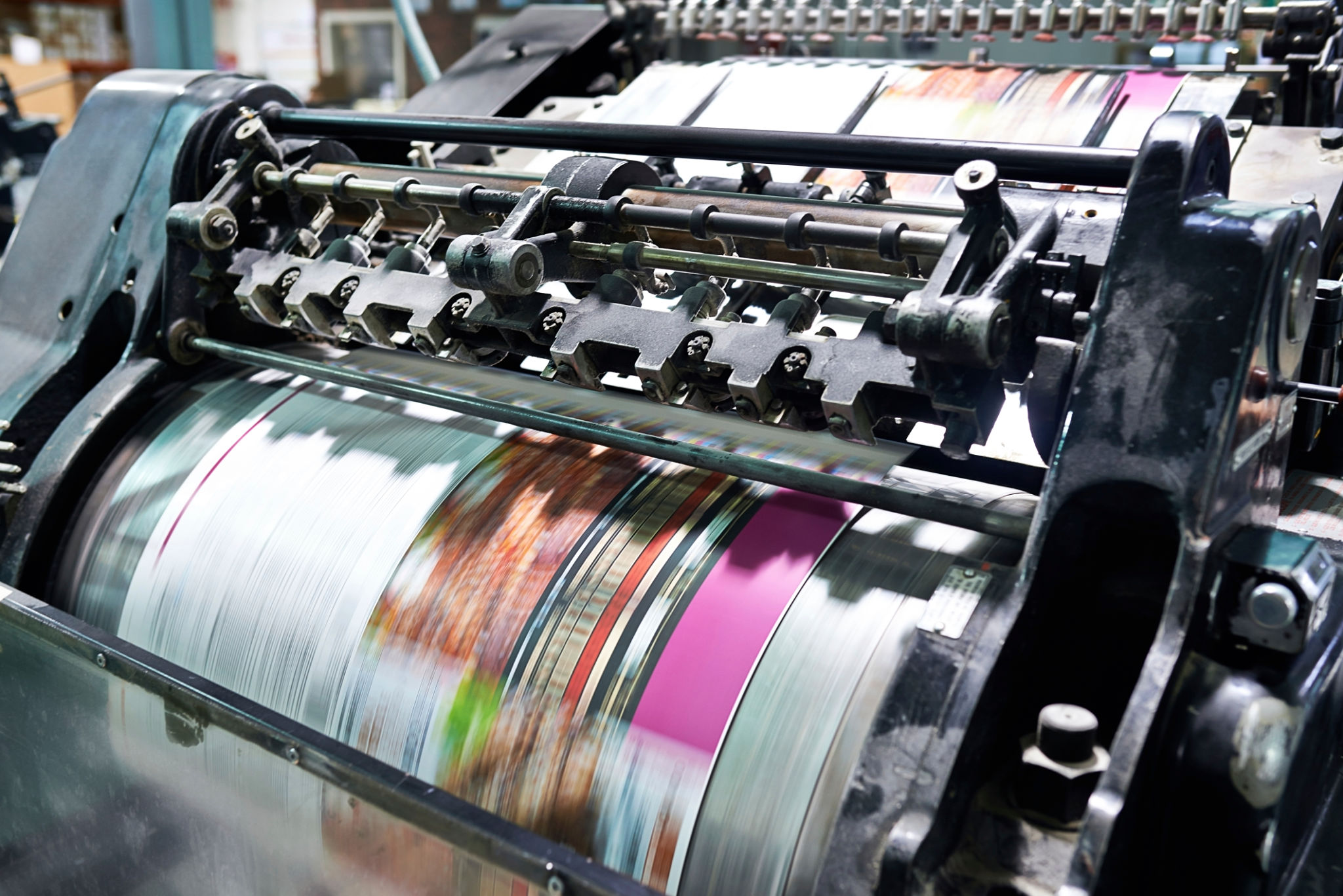A Guide to Seasonal Transport Packaging: Preparing for Peak Times
Understanding the Importance of Seasonal Transport Packaging
As businesses prepare for peak seasons, the demand for efficient and secure transport packaging becomes crucial. Seasonal spikes, whether during holidays or sales events, often lead to increased shipping volumes. Managing this surge effectively can significantly impact customer satisfaction and overall operational success.
During these times, the right packaging solutions ensure products arrive intact and on time. This not only enhances customer loyalty but also minimizes returns and reduces costs associated with damaged goods. Investing in the right packaging strategies during peak times is not just beneficial, it’s essential.

Assessing Your Seasonal Needs
Before diving into packaging solutions, it’s important to assess your specific seasonal needs. Different products require different approaches. For instance, perishable goods need temperature-controlled packaging, while fragile items require extra cushioning. Analyzing past data can provide insights into volumes, types of products shipped, and any logistical challenges faced.
Consider the following steps to tailor your packaging strategy:
- Review historical sales data to anticipate demand.
- Identify products with specific packaging requirements.
- Evaluate current packaging materials and their effectiveness.
Choosing the Right Materials
Once you’ve assessed your needs, selecting appropriate materials is the next step. For high-volume periods, durable and lightweight materials can help keep shipping costs down while ensuring product safety. Corrugated cardboard, bubble wrap, and biodegradable packing peanuts are popular choices for their protective qualities and environmental benefits.

Additionally, using custom-fit packaging can reduce waste and improve efficiency by minimizing the space needed for each shipment. This not only lowers costs but also aligns with sustainability goals.
Streamlining Your Packaging Process
Efficiency is key during peak seasons. Streamlining your packaging process can lead to faster turnaround times and reduced labor costs. Automating parts of the packing process, such as using conveyor belts or automated sealing machines, can significantly enhance productivity.
- Train staff on efficient packing techniques.
- Implement quality control measures to avoid errors.
- Explore automation options for repetitive tasks.
Ensuring Sustainability in Packaging
Sustainability is no longer a luxury; it's a necessity. Consumers are increasingly concerned about the environmental impact of their purchases. By choosing eco-friendly packaging options, businesses not only meet consumer expectations but also contribute positively to the environment.

Consider using recyclable materials, reducing excess packaging, and sourcing from suppliers committed to sustainable practices. Highlighting these efforts in your marketing can also enhance your brand image.
Monitoring and Adapting Your Strategy
The peak season is dynamic, and flexibility is crucial. Continuously monitoring your packaging strategy allows you to make timely adjustments. Track metrics such as delivery times, return rates, and customer feedback to identify areas for improvement.
Regularly evaluate your suppliers and logistics partners to ensure they meet your standards and can handle peak-season demands efficiently.
Conclusion
Preparing for seasonal transport packaging requires a comprehensive approach that considers product needs, material selection, process efficiency, and sustainability. By planning ahead and staying adaptable, businesses can navigate peak seasons successfully, ensuring satisfied customers and optimal operations.